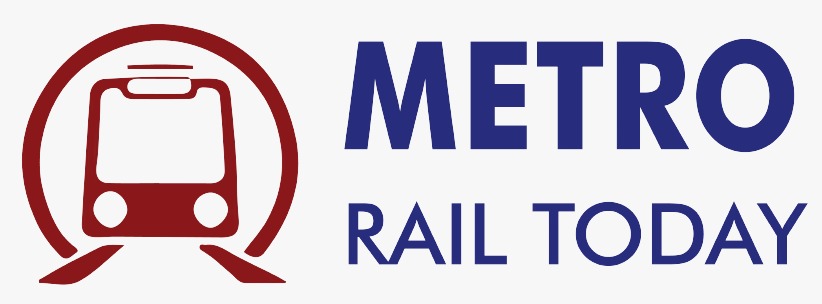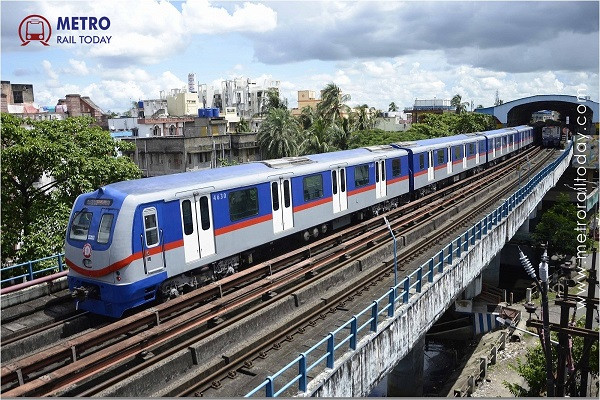 Know latest progress of Kolkata Metro Expansion, 20 km length stuck over land issues
Know latest progress of Kolkata Metro Expansion, 20 km length stuck over land issues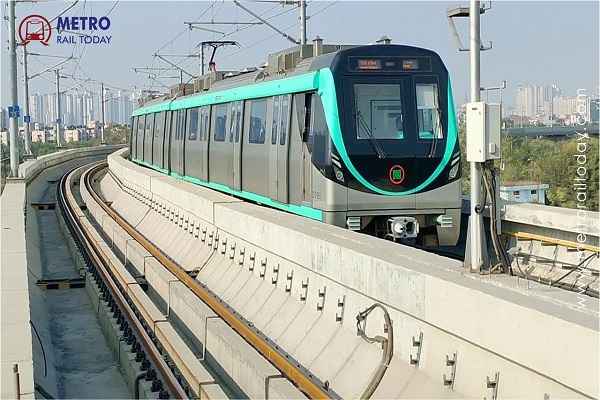 Ayesa India wins Design Consultancy Contract for Noida Metro Aqua Line Extension
Ayesa India wins Design Consultancy Contract for Noida Metro Aqua Line Extension Vossloh Cogifer bags Track Infrastructure Contract for Delhi Metro Phase 4 Corridors
Vossloh Cogifer bags Track Infrastructure Contract for Delhi Metro Phase 4 Corridors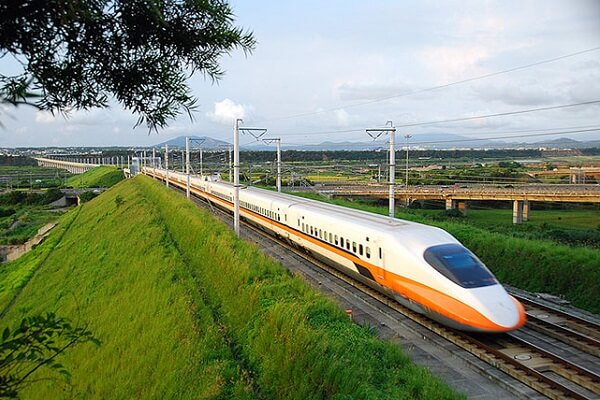 Railway finalised revised alignment for ₹16,000-crore Pune–Nashik Semi High-Speed Rail Corridor
Railway finalised revised alignment for ₹16,000-crore Pune–Nashik Semi High-Speed Rail Corridor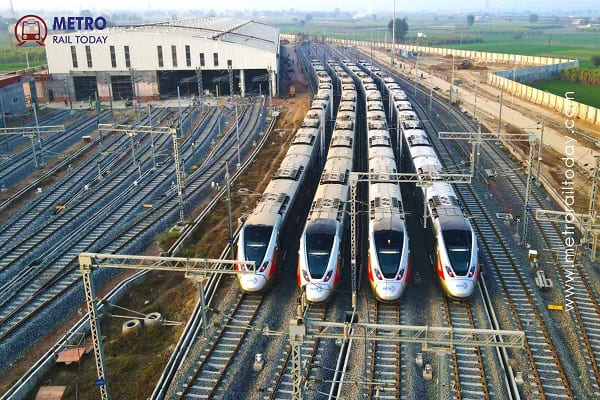 India’s First High-Speed, Signalling-Integrated CMV launched for Namo Bharat RRTS Corridor
India’s First High-Speed, Signalling-Integrated CMV launched for Namo Bharat RRTS Corridor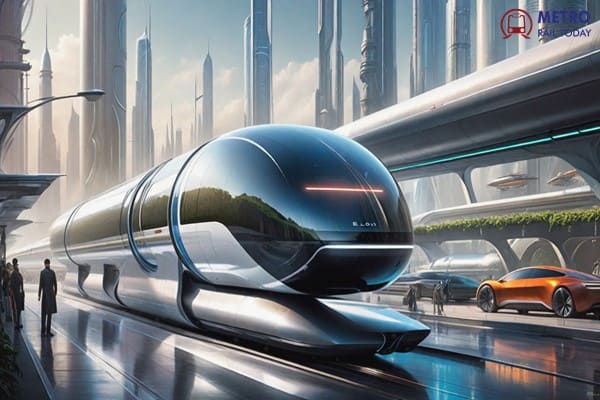 TuTr Hyperloop secures First-Ever Order from Deendayal Port Authority
TuTr Hyperloop secures First-Ever Order from Deendayal Port Authority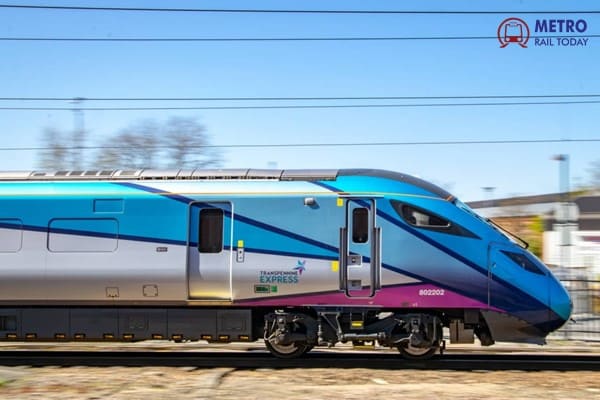 BEML bags ₹157 Crore Order from Loram Rail for Switch Rail Grinding Machines
BEML bags ₹157 Crore Order from Loram Rail for Switch Rail Grinding Machines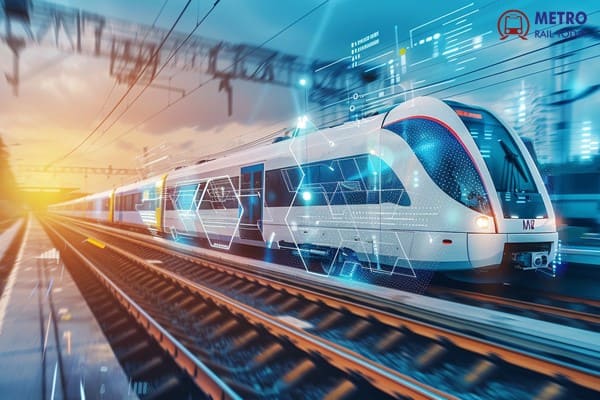 MxV Rail and KRRI forge Global Research Alliance to accelerate Next-Generation Rail Technologies
MxV Rail and KRRI forge Global Research Alliance to accelerate Next-Generation Rail Technologies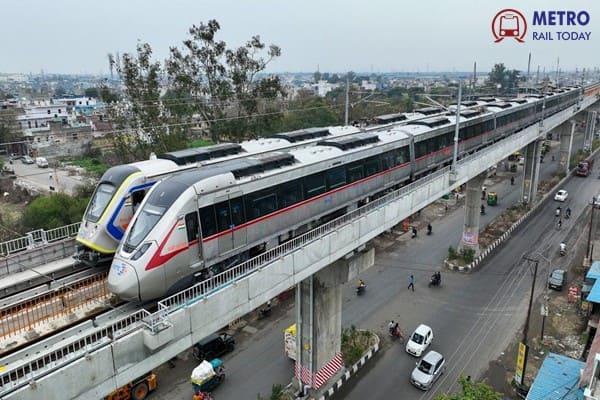 Uttarakhand seeks Pre-Feasibility Study for Meerut-Haridwar-Rishikesh RRTS Corridor
Uttarakhand seeks Pre-Feasibility Study for Meerut-Haridwar-Rishikesh RRTS Corridor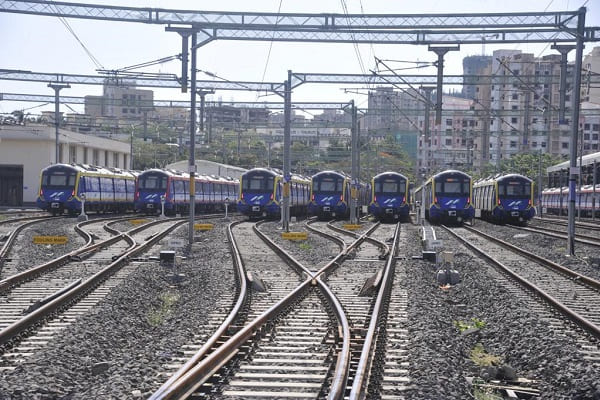 RIFTEK achieves major milestones in partnership with Indian Metro Rail Systems
RIFTEK achieves major milestones in partnership with Indian Metro Rail Systems
South Korea invests KRW12.7 Billion in Hypertube MagLev Transport Technology

Seoul, South Koera (Metro Rail Today): In a groundbreaking move aimed at redefining the future of transportation, South Korea’s Ministry of Land, Infrastructure and Transport (MOLIT) has announced a KRW 12.7 billion investment over the next three years for the development of magnetic levitation (MagLev) propulsion technology. The initiative, revealed on April 9, 2025, focuses on advancing the country’s pioneering Hypertube train project, a near-vacuum tube-based transportation system that could potentially reduce travel time between Seoul and Busan to under 20 minutes.
The Hypertube, often dubbed an "airplane on rails," is a next-generation transport concept that combines magnetic levitation with a near-vacuum tunnel environment to eliminate air resistance. Operating in a sub-vacuum environment ranging from 0.001 to 0.01 atmosphere, this system could achieve speeds of up to 1,200 kilometers per hour, significantly outpacing current high-speed rail and even commercial aircraft. For comparison, South Korea's existing KTX high-speed rail takes approximately 1 hour and 52 minutes to travel from Seoul to Busan at a maximum speed of 300 km/h.
The Hypertube transportation system comprises three core components: a sub-vacuum tube that minimizes air resistance, a propulsion and levitation track that uses electromagnetic force to elevate and accelerate the vehicle, and a sealed, aerodynamic vehicle cabin capable of withstanding sub-vacuum conditions. The reduction in air drag inside the tube allows the train to move at ultra-high speeds with greater energy efficiency and minimal environmental impact.
Yoon Jin-hwan, director of the ministry’s Railway Bureau, emphasized the national and global significance of the project. “This will contribute to resolving the crisis of provincial extinction caused by balanced regional development and the demographic cliff,” he said. “We expect to lead the global rail competition market and expand to every region in the world.”
The project aims to make Korea a leader in future high-speed mobility technology, positioning the country as a global innovator in sustainable and ultra-fast transport. Beyond reducing travel time dramatically, the Hypertube offers major benefits in terms of eco-friendliness, reliability, and urban accessibility. Unlike airplanes, which require distant airports and are susceptible to weather disruptions, Hypertube systems could provide direct access to city centers while maintaining aircraft-level speeds.
MOLIT's investment will focus on the core development of MagLev propulsion systems, a crucial component that enables stable levitation and thrust within the sub-vacuum environment. Research and testing over the next three years will lay the foundation for future large-scale deployment and potential commercialization.
This initiative is part of South Korea’s broader vision to address demographic challenges, regional imbalances, and economic sustainability by connecting cities faster and more efficiently. If successful, the Seoul–Busan Hypertube could serve as a model for similar projects across the world, ushering in a new era of ultra-high-speed land transport.
As the race for futuristic transport accelerates globally—with concepts like Hyperloop gaining traction—South Korea's Hypertube project places the nation firmly at the forefront of innovation, offering a compelling blend of speed, sustainability, and smart infrastructure.
